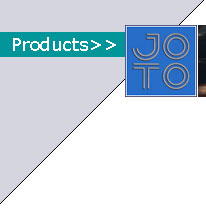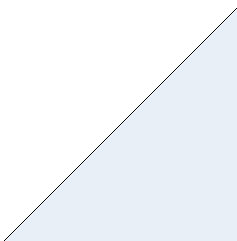



For certain purposes
grinding wheels are impregnated with material designed to aid or improve the
grinding action. This is called "treating" the wheel. Treatment will improve
the grinding action by:
(1) Reducing loading. Loading is buildup of metal on the abrasive surface
resulting from working soft and ductile metals such as aluminium, soft bronze,
brass, magnesium etc. The use of special treatment fills the pores and helps
to prevent swart buildup.
(2) Improving cutting action and life. On heavy duty operations sufficient
heat is generated to soften the treatment so that it flows and has lubricating
action.
(3) Changing the grinding action. This means increasing wear resistance without
affecting the rate of cut or burning the work.
(4) Helping to maintain and hold form on shaped wheels. Filling the pores
adds support to the abrasive grains.
(5) Sealing the pores. Waterproofing bonded abrasive product.
Basically there are four types of treatments being applied to JOTO Grinding
Wheels today. These are:
WAX - W Treatment includes paraffin and stearates. This type of treatment
is used on applications to retard wheel loading.
SULPHUR - S Treatment by far most widely used. It finds extensive use
in bearing industry on high-production, fast stock removal, internal grinding
operations. The automotive industry also uses sulphur treated wheels. As much
as 70-80% of all honing sticks are sulphur treated. Most vitrified bonded
cutlery grinding wheels are sulphur treated. Sulphur treatment is not available
in organic bonds. Better surface finishes can be produced with sulphur treated
wheels than with wheels having no treatment.
RESIN - R Treatment is a special one applied to sides of wheels to
provide improved corner holding ability.
W Treatment (proprietary) Another popular treatment used largely in
the industry on high-production bore and race grinding operations. It does
not have the stain and odor characteristics found in sulphur, but does add
cooling and lubrication to the grind.